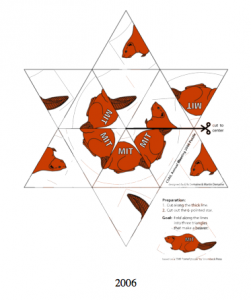
Earlier this week, protestors fled the streets of Egypt demanding President Hosni Mubarak step down from his position. The crisis sent financial markets roiling and raised concern about potential unrest throughout the Middle East. On January 30, banks, schools, and the stock market were still closed in Cairo. As many dissatisfied Egyptians are asking for more opportunities through jobs and education, peaceful ways to deal with the issues are pivotal to improving the country’s overall health and re-establishing harmony in that very important cradle of civilization. President Obama has warned Mubarak that if peaceful protestors are dealt with harshly, Egypt’s $1.5 billion aid package may be on the line.
How can you help your students understand what is going on half way around the world? Here are some ways to help students of different ages:
Elementary School Students 4th to 5th grade to middle school students :
Questions for High School Students:
Connecting world events to your classroom today will allow your students to understand these events and process them. If they can understand what is going on around the world, they will develop the necessary critical and creative thinking skills to be problem solvers in their own lives and those of others.  In a global world, we owe it to our students to help them forge these important connections everyday so that they can lead us forward in the next fifty years in the areas of science, math, technology, social services, government, the arts, communication, business and enterprise which will make our economies around the world strong.  Visit my blog weekly for connections you can make to your classroom based on what is happening at home or abroad so that your students can develop the world view they need to succeed in the years to come.















![By Jared and Corin (IMG_1359.JPG) [CC-BY-SA-2.0 (www.creativecommons.org/licenses/by-sa/2.0)], via Wikimedia Commons](http://upload.wikimedia.org/wikipedia/commons/7/7d/Wellesley_College_campus.jpg)
![By C. Todd Lopez (United States Army) [Public domain], via Wikimedia Commons](http://upload.wikimedia.org/wikipedia/commons/8/8a/US_Army_52156_VA_warns_veterans_of_telephone_prescription_scam.jpg)